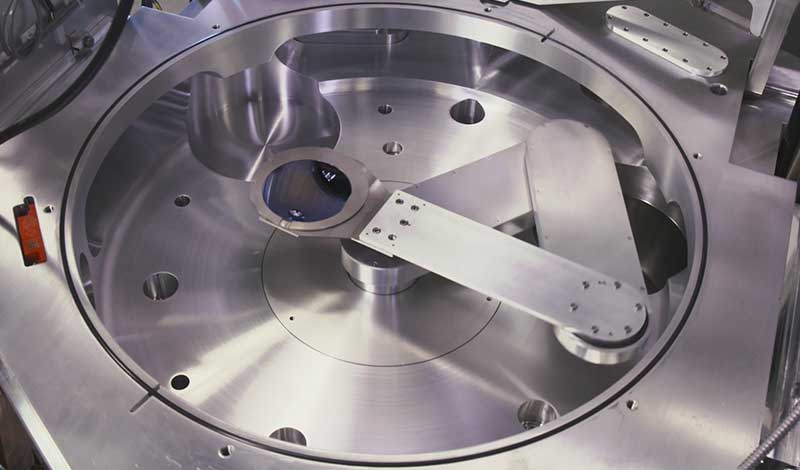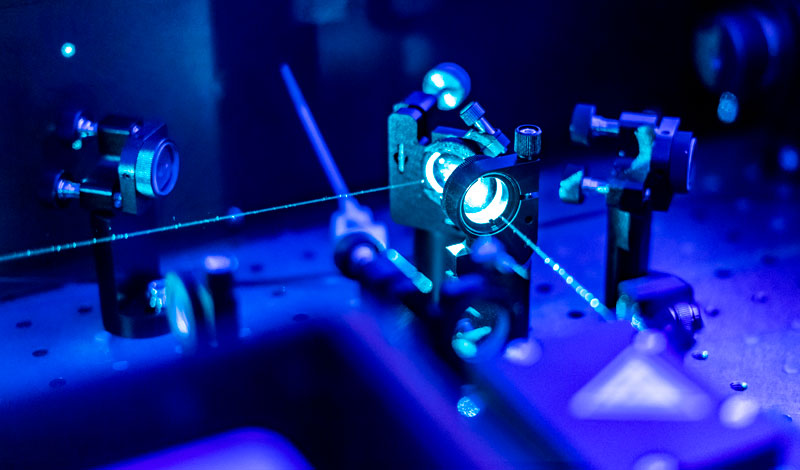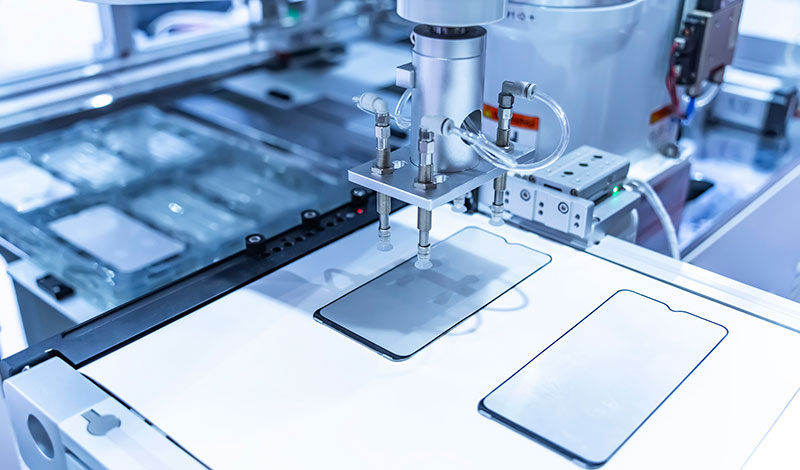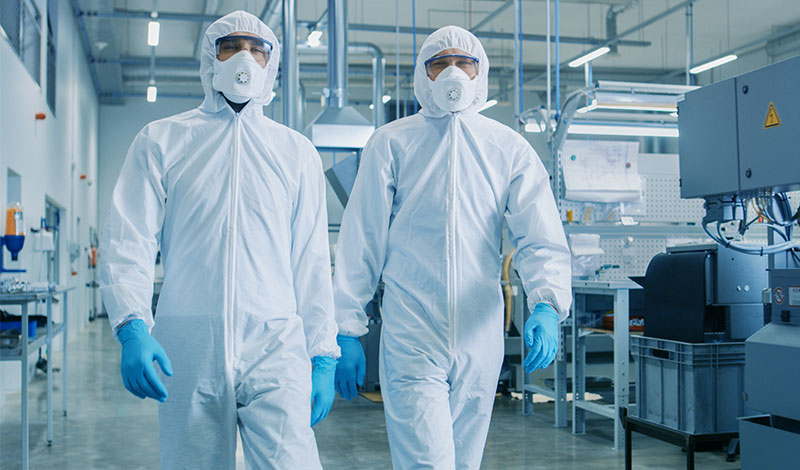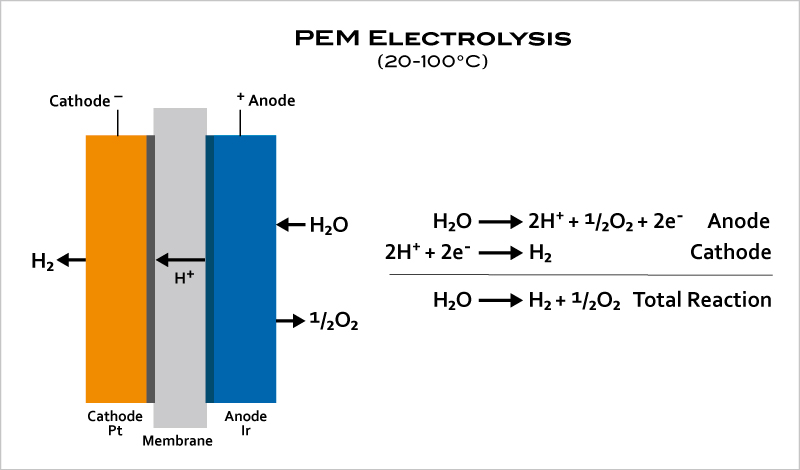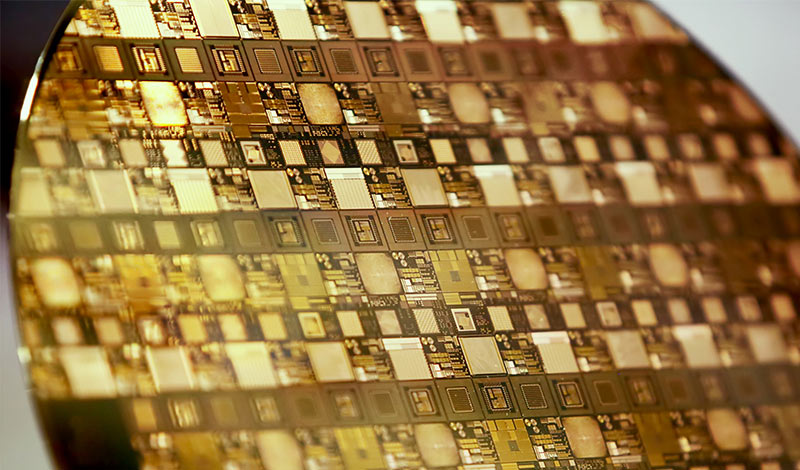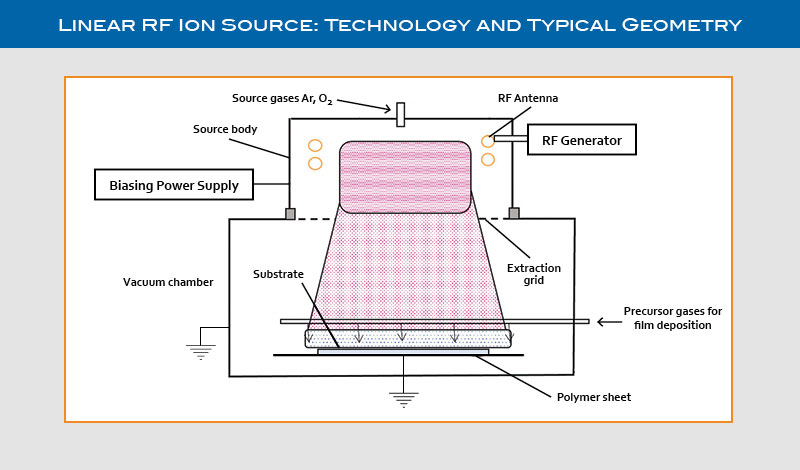Posted on
For over half a decade, Denton Vacuum has developed deposition and etch technology that enable users to enhance and innovate their research techniques and manufacturing processes. Discovering ground-breaking technology is not always a straightforward path. It takes a willingness to try, fail, and try again. At Denton, we take pride in our willingness to fail… Read More

